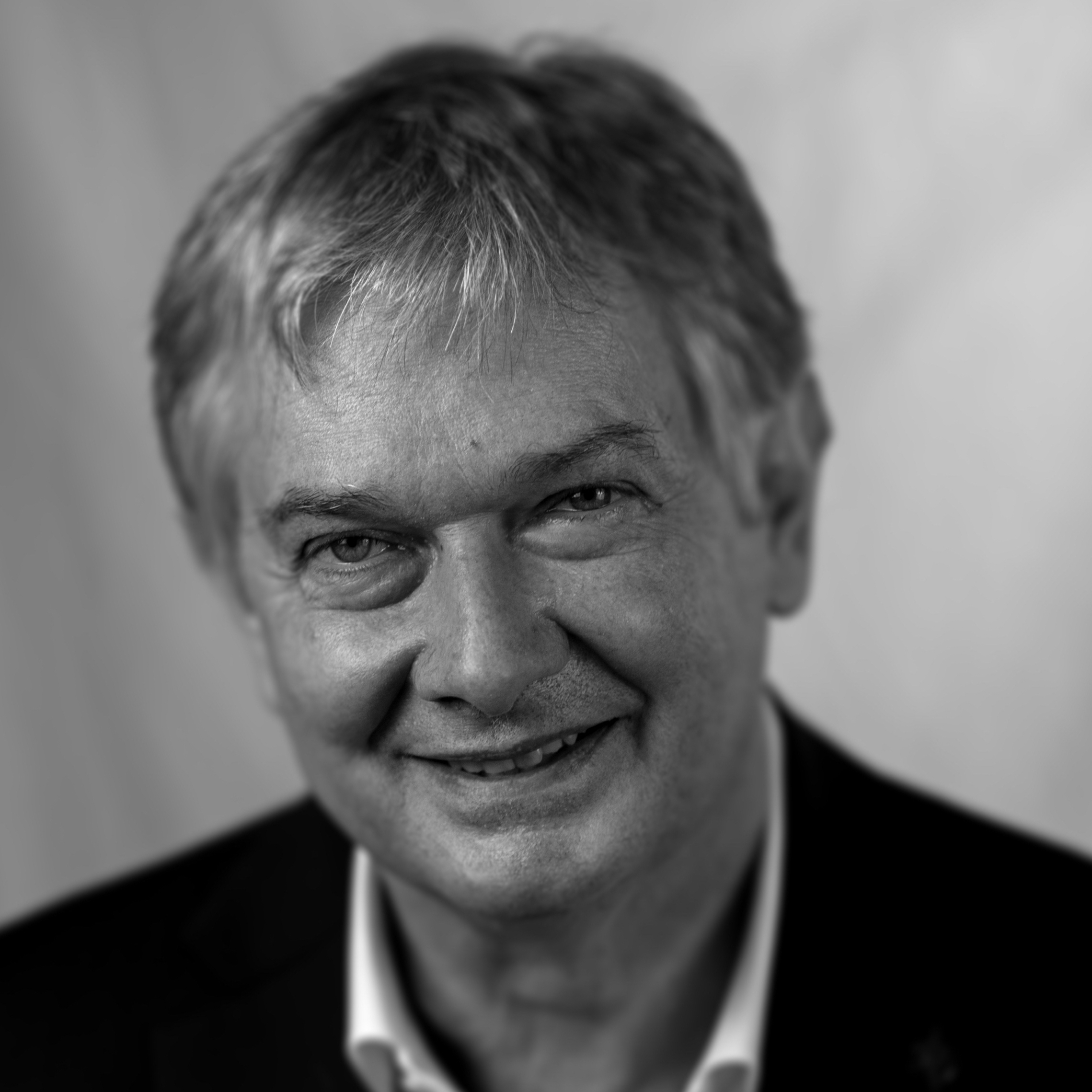Carlo Ventura, MD, PhD, Cardiologist, Full Professor of Molecular Biology at the School of Medicine of the University of Bologna, Italy. Director of ELDOR Lab and of the National Laboratory of Molecular Biology and Stem Cell Engineering of the “Istituto Nazionale Biostrutture e Biosistemi” (INBB: http://www.inbb.it/en/). My research in regenerative cellular biology explores the bioelectronic nature of cells and stem cells, demonstrating their ability to produce energies such as electromagnetic fields, nanomechanical vibrations, and light. These oscillatory patterns facilitate connectedness and synchronization, enabling biomolecular recognition without direct molecular contact. My work reveals that these cells not only emit but also perceive physical forces, which can be harnessed to reprogram them into more efficient regenerative cells, offering potential cures for various diseases. This research introduces the concept of a Morphogenetic Code, a life "software" that directs molecular assembly and cell fate, affecting large-scale anatomy. I am developing a Regenerative Medicine that leverages these energies for in situ reprogramming of tissue-resident stem cells, moving towards a regenerative/precision medicine that enhances our intrinsic healing capabilities without requiring cell or tissue transplants. In 2011, I founded VID Art|Science, a transdisciplinary movement promoting the integration of arts and sciences to shift consciousness towards unity in these fields. VID, from the Latin for "to see," encourages artists and scientists to collaborate, illustrating how artistic expressions can resonate with biological dynamics, inspired by scientific breakthroughs and paradigms. I combine regenerative biology, quantum physics, and art-science journey, promoting innovative regenerative medicine and consciousness shifts. My main achievements and contributions include: • Discovery of opioid receptors in myocardial cells, revealing their role in regulating cytosolic Ca2+/pH homeostasis and contractility. • Identification of an opioid gene in cardiac myocytes and characterization of its expression mechanisms in hereditary cardiomyopathy models. • Discovery of opioid receptors in the nucleus of myocardial cells that regulate transcriptional homeostasis, leading to the term “intracrine” for growth regulatory peptides acting within their cell of synthesis. • Identification of an opioid gene that orchestrates cardiogenic transcription, establishing a myocardial phenotype in embryonal carcinoma cells. • Development of novel molecules, including HBR, that enhance cardiogenesis in mouse ES cells and human mesenchymal stem cells, eliciting cardiac repair without transplantation. • Discovery that physical forces, such as extremely low-frequency magnetic fields and radiofrequency energy, can induce cardiogenesis in mouse ES cells, optimizing stem cell expression of pluripotentiality. • Creating human skin fibroblast reprogramming to cardiac, neural, vascular and skeletal muscle llineages using radioelectric fields, with no need of gene transfer technologies. • Providing evidence fro the role of mechanotransduction, biophotonic activity and signature-operated, pulsed photobiomodulation in regenerative processes. First Author in more than 30. Senior Author in more than 40 papers. Citations: 7788. H Index 47. 60 international academic conference speeches. I have reviewed more than 300 manuscripts during the last 30 years. I have written 6 Editorials for academic journals. My primary goal is to advance a form of regenerative medicine that transcends the need for cell and tissue transplantation. Instead, I aim to harness the diffusive properties of physical energies—such as light, electromagnetic fields, and mechanical vibrations—to reprogram tissue-resident stem cells in situ, enhancing our inherent self-healing capabilities. This innovative approach is not only cost-effective but also tailored to meet individual patient needs, making it applicable on a large scale. Through this strategy, I hope to provide accessible, personalized solutions to enhance regenerative processes in patients, driving a significant shift in the field of regenerative medicine. My skills encompass interpersonal and leadership competencies crucial for fostering a collaborative research environment. My active listening ensures team members feel valued and supported, while strong communication skills enable me to articulate complex ideas clearly to both my team and external stakeholders. I prioritize building trust and respect, extending this to mentoring students and young investigators—many of whom have achieved remarkable careers—by emphasizing humility, creativity, and collaboration. My leadership style nurtures an environment rich in intuition and shared excitement, viewing the research team as an extended family. Additionally, my management skills help navigate project challenges, and my problem-solving capabilities address ethical considerations. I consistently reinforce these values with sponsors and collaborators, emphasizing our mission to significantly impact those lacking access to effective medical interventions. Through this holistic approach, I strive to enrich the scientific community and contribute positively to society. My hobbies include playing classical guitar and appreciating music, theatre, and the arts. I practice traditional Chinese kung fu (Pan Nam Wing Chun) and Qigong, fostering creativity, discipline, and well-being while enriching my personal and professional life.











